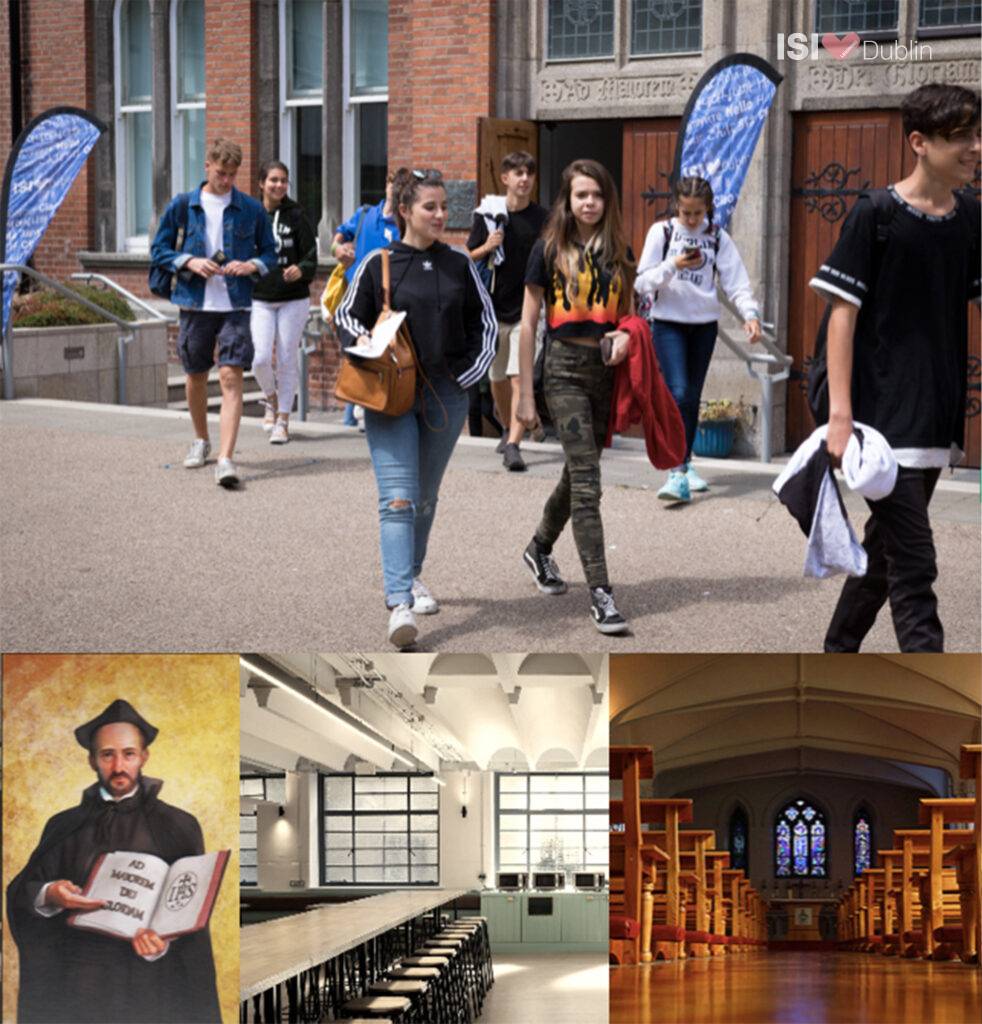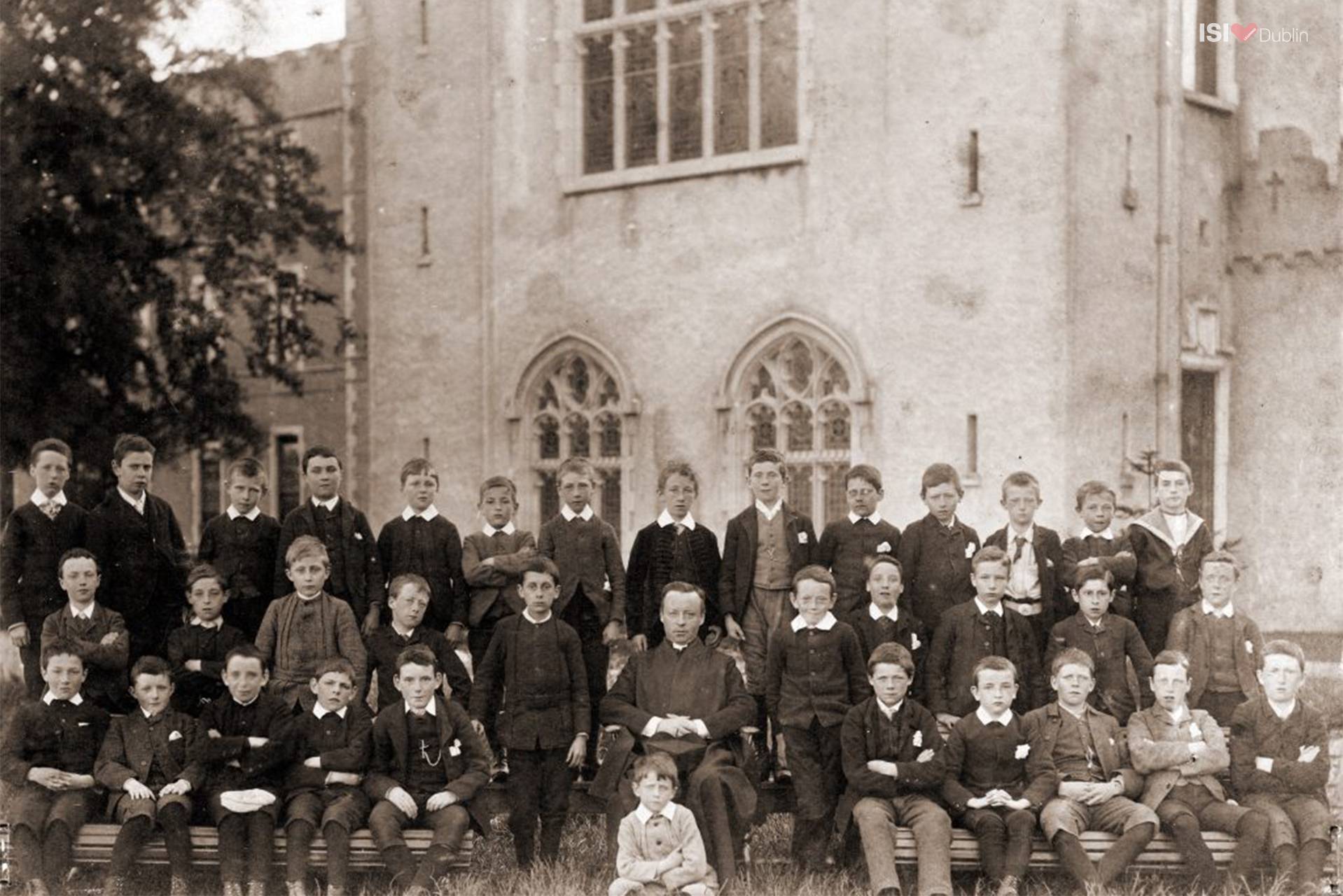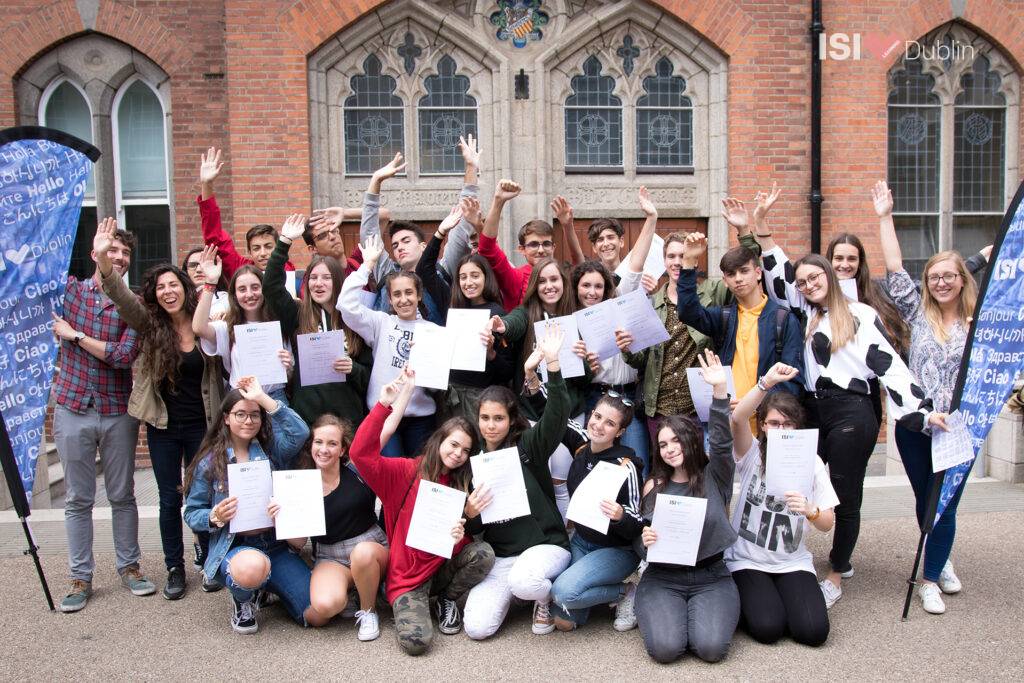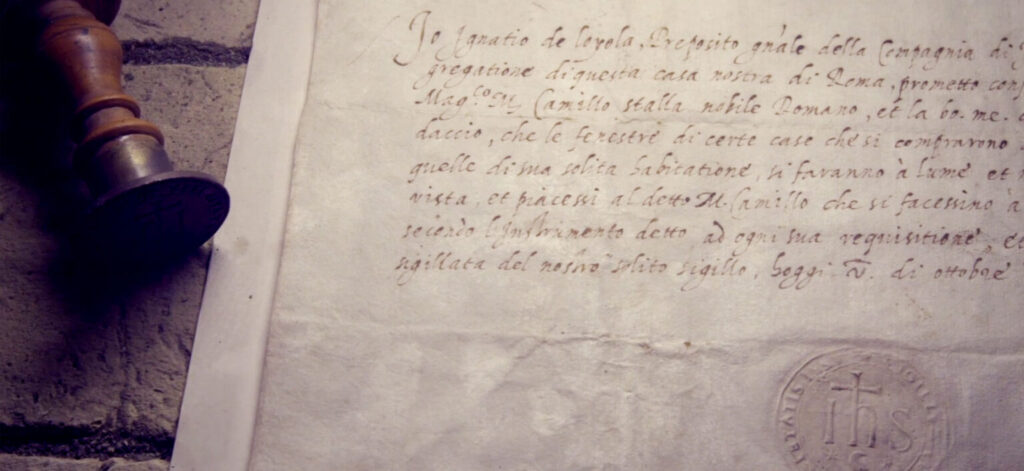James Joyce and Belvedere College (“Blog Post II”)

Did you know that James Joyce was educated at Belvedere College, the prestigious private school that hosts our English Summer Camp for Teenagers, for no less than five of what were arguably the most formative years of his life? Joyce — who would go on to become a world-famous novelist of the modernist avant-garde, making Belvedere College renowned worldwide through his autobiographical novel A Portrait of the Artist as a Young Man (1916) — entered Belvedere in 1893 at the tender age of 11 and proved himself to be a very bright pupil there right up until his departure upon graduation in 1898 at the hardy age of 16. In a previous blog post, we shed partial light on ISI’s unique relationship — as an English school in Dublin — to this stalwart literary figure; universally acclaimed as one of the most influential writers of the 20th century. In this blog post, part “II” of a very enlightening series of “V” (you can read part “I” here) we want to enlighten you further by focusing on the rich religious heritage of Belvedere College — the base of our English Summer Camp in Dublin — as well as Joyce’s place, as but one of many famous alumni, within and beyond it.

The Jesuit training that James Joyce received at Belvedere College was in line with that of Clongowes Wood, where he had begun his formal education with the Society of Jesus on September 1 1888: it was always oriented toward the Society’s motto: Ad Majorem Dei Gloriam (“For the Greater Glory of God”). This phrase, attributed to Saint Ignatius of Loyola (1491-1556), the founder of the Jesuits, is intended to serve as a cornerstone of the Society of Jesus’ religious philosophy or Magis (essentially, its way of proceeding): “The More.” It has always stood Belvederians in very good stead and is as pertinent today as it was in Joyce’s day. As we read in a contemporary statement on the Vision, Mission, and Values of Belvedere College:
We continuously strive for “The More” – in our spiritual growth, in academia, the arts, sport and social justice. We are challenged to live out our unique potential as human beings. We hold each other to a higher standard and seek to rise to every challenge — all for the Greater Glory of God . . .

This Magis appears countless times, and in various forms, in the writings of Saint Ignatius, most notably in the Jesuit Constitutions: written rules approved by the pope regarding who the Jesuits are and how they live. Herein we read:
The more universal the good is, the more it is divine. Therefore preference ought to be given to those persons and places which, through their own improvement, become a cause which can spread the good accomplished to many others who are under their influence or take guidance from them (622, d).
In general, lay terms:
When discerning between two or more good options, all being equal, choose that one which serves the more universal good, i.e., that which makes the widest impact.
One author, Father Barton T. Geger, SJ, has suggested these lines can be summed up in the familiar proverb: “Give a man a fish and you feed him for a day; teach a man to fish and you feed him for a lifetime.” Often accompanied, as seen in the image below, by “Inque Hominum

Salutem,” abbreviated as IhS, making the full phrase read “for the greater glory of God and the salvation of humanity,” Ad Majorem Dei Gloriam is placed on the cornerstones of Jesuit buildings, on the official seals of their institutions, at the end of their correspondences, and at the top of their students’ essays and exams. Which is precisely how we find the words amongst Stanislaus Joyce’s papers, in what is the only extant exercise in English composition that has survived from his brother’s time at Belvedere: “Trust not Appearances.”
Here, AMDG is accompanied at the bottom of the page by another Jesuit monogram, LDS, an abbreviation of Laus Dio Semper (“Praise to God Always”), which derives from an important passage in the Spiritual Exercises (1548) where Saint Ignatius speaks of the ultimate purpose of human beings, who are “created to praise, reverence, and serve God our Lord, and by means of this save their souls.” The young Joyce’s essay thus begins and ends with the correct Jesuit formulas, but “the signature ‘James A. Joyce,’ executed with a mighty flourish,’ lacks humility” and was an early indicator of the writer’s wayward, prideful nature.
Did you know that it was during his time at Belvedere College — in being assigned an English composition topic “My Favourite Hero” — that Joyce first read Charles Lamb’s The Adventures of Ulysses (1808): the book which would inspire the outline for his world-famous, groundbreaking novel ユリシーズ (1922)? Read all about it in the next of this series of blog posts!
And, in case you missed it, it’s in this very novel that Joyce refers to our ISI Meeting House Lane campus as “the most historic spot in all of Dublin,” . . . you can read about that これ!
